Simple 7 Step Checklist for Interior Designer's Quotation
%2520(1).jpeg)
The Importance of Precision and Trust in Interior Design Partnerships
For an interior designer, ensuring a precise and successful partnership is crucial for guaranteeing the greatest results for your final clients. Building trust with your clients is essential while presenting them with the most precise and transparent quotation as it includes all from their initial consultation to the project's completion. We have created a checklist aimed especially at interior designers to use while collaborating with end clients.
1. Gather Project Requirements
One of the crucial parts is to learn about the needs and specifications of the client, including their preferences, financial constraints, and the completion date of their project. By immersing yourself in the imagination and vision of your client, you can ask the right questions to get the right understanding of their expectations as well as their needs.
Understanding your client is more than just listening to surface-level inquiries, it is important to go through the conversation and to examine every thought they have linking to their objects, constraints, and desired outcomes. By actively listening to your client, you can uncover hidden requirements and potential challenges that interior designers can uncover.
Inquiring about the budget's size is primarily done to make sure you can manage your client's expectations, maximize solutions, and confirm that the project is doable. You can ask the right questions by placing yourself in the client's position.
2. Research the project site
Researching the project site is a crucial step in ensuring the success and smooth execution of any construction or interior design project.
Visit the customer’s site and breakdown down how large the site is, difficulty should also be taken into consideration such as taking measurements and identifying if any challenges can occur or any opportunities. Possible challenges could be structural issues logistical constrains, or innovative possibilities that could influence the way the project goes. Additionally, observing the site's surroundings can provide valuable contexts, such as neighboring buildings, environmental factors, and access points.
Ask your clients for their blueprints or existing plans of the buildings, do not rely solely on them unless it is provided and drawn recently by an expert. Moreover, there must be an agreement on documents where the interior designer ensures the client that the documents and blueprints are only used solely for the project purposes for confidentiality and that they will not be disclosed to third parties without consent.
By researching thoroughly, you lay the foundation for a successful and well-informed design and construction process.

3. Determine the scope of work
To get a cohesive overview, figure out what all the tasks are, who does what tasks, and when the projects will be completed. This will help you understand how big the project is already and how much investment is required. Such as construction administration, site representation, or any other fees.
A comprehensive scope of work not only reduces the risk of client conflicts and miscommunications, but it also helps to save valuable resources such as materials, time, and manpower. As a result, it is essential to lay out every detail as thoroughly as possible.
4. Calculate the total cost:
When calculating the total costs for an interior design project, it is important to consider various factors besides material and labor expenses. While material costs and labor costs form the foundation of the budget, additional expenses play a crucial role in ensuring precise project estimation and financial planning. These additional costs have a wide range of expenditures, including but not limited to permits, shipping fees, and contingencies.
In this part, you have to categorize and define each expense to show transparency and enable decision-making by the client. Whether this is a miscellaneous expense or one of the large expenses such as materials, it is still important to keep the client informed on its budget accuracy for fairness.
.jpg)
5. Prepare the quotation
Once all of the preceding steps have been completed, it will be time to prepare the quotation, which is a key phase of the project. Preparing the quotation is a critical stage in the project lifecycle, with all previous steps resulting in the creation of a comprehensive financial proposal. This includes specifying payment terms, categorizing expenses, project deliverable deadlines, and any other information that may affect the project's scope or cost.
The quotation demonstrates the interior designer's commitment to quality and ethical behavior. A detailed and transparent quotation builds trust with clients and demonstrates the interior designer's professionalism and competence.
In addition, you can get instant estimates and full quotes within 12 hours through our platform at Cutr, streamlining the process further for your convenience
6. Timeline and milestones
Once the quotation has been approved, create a detailed timeline that displays the deliverables and the key milestones to set expectations for the clients on how long the projects will take and their progress. This will facilitate a clear picture for the interior designer as well. It should also incorporate dates that might affect the project’s progress, such as client approvals, procurement of materials, site preparations, and any other relevant activities. By measuring and tracking those dates, the interior designer has a comprehensive overview of the schedule and is understanding of what to expect regarding the progress.
Furthermore, the timeline should account for potential contingencies and allow for unexpected delays. This is done to reduce the risk of encountering obstacles along the way. Furthermore, the timeline should be flexible while remaining realistic in case of any last-minute changes.
By proactively planning and monitoring the project timeline, the interior designer can maximize efficiency, reduce delays, and deliver a high-quality result that meets the client's expectations
%20(1).jpg)
7. Terms and conditions.
Last but not least, having clear and detailed terms and conditions is important as it will protect all parties from potential challenges and guarantee a successful project conclusion. This section will address terms like payment schedules, refund procedures, project scope, and client and interior designer responsibilities.
This also includes sudden cancellations when the orders have already been signed, therefore you can request for a cancellation fee, whether it is by day or hour is up to the interior designers.
Moreover, in the contract it must include a cause indicating that if there are any changes that may have cost extra out-of-pocket expenses, will be included.
Do not forget to include the section about payment terms, if the represented expected payments terms are not explicitly mentioned within the contract agreement, the client will be at loss. Therefore, it is important to mention the clear payment terms and the late fee charges.
Conclusion
When creating and delivering quotes to final clients, interior designers can guarantee precision, transparency, and expertise by following this checklist. Giving precise and thorough quotations not only promotes confidence and trust, it also lays the groundwork for successful teamwork and outstanding achievements.
Upload your design file and get a quote
within days
Quality production with trusted production network.
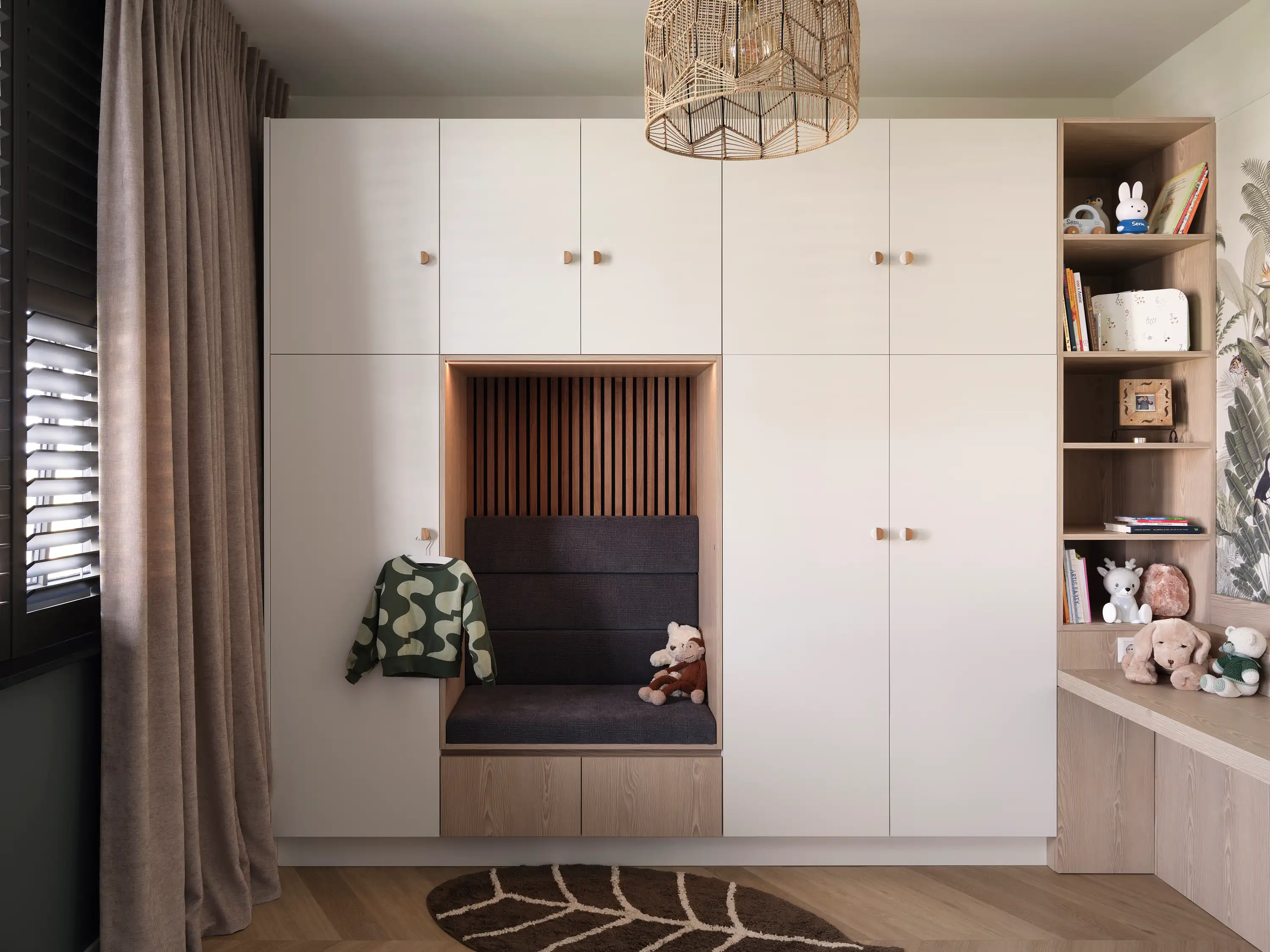
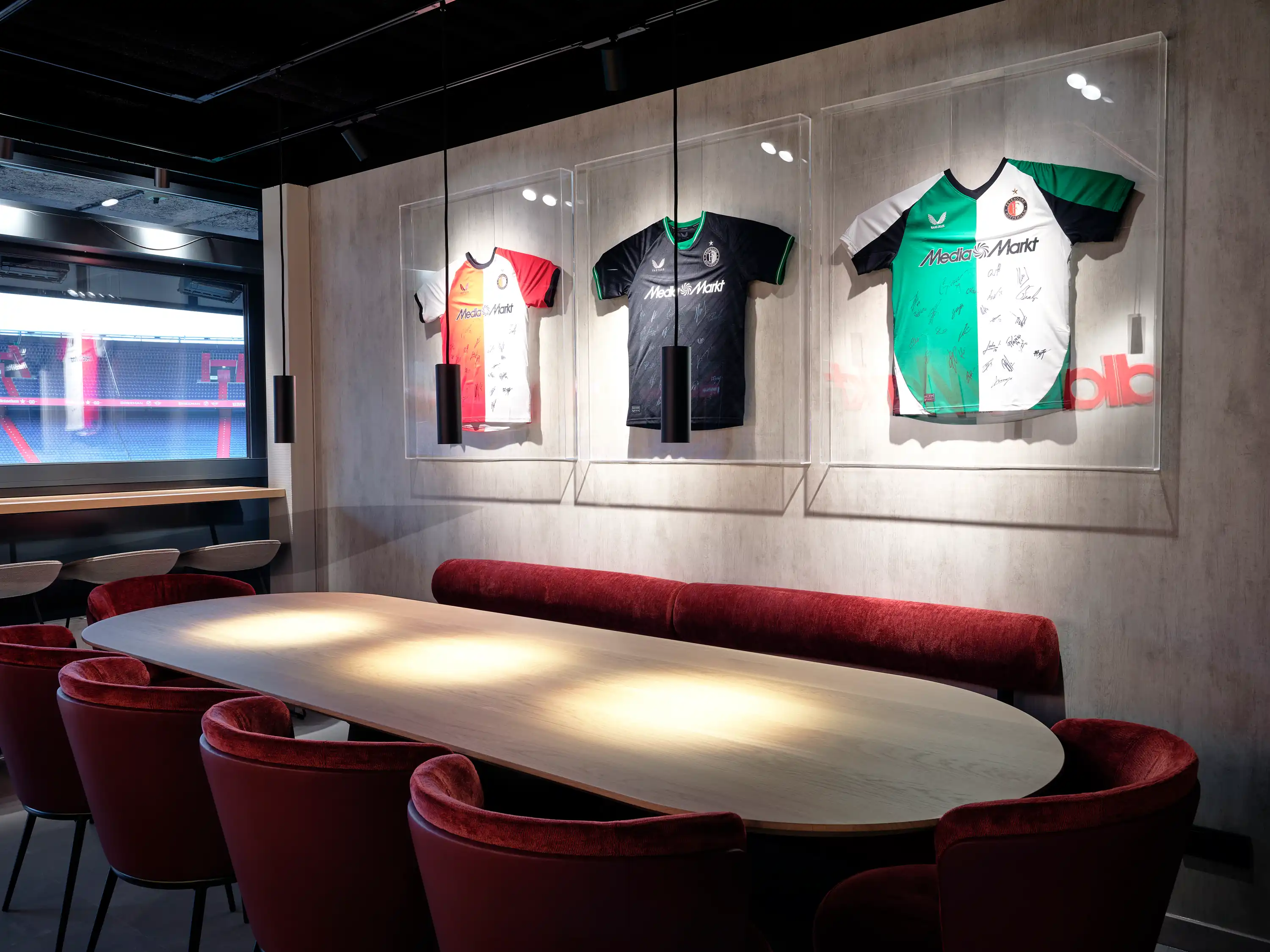
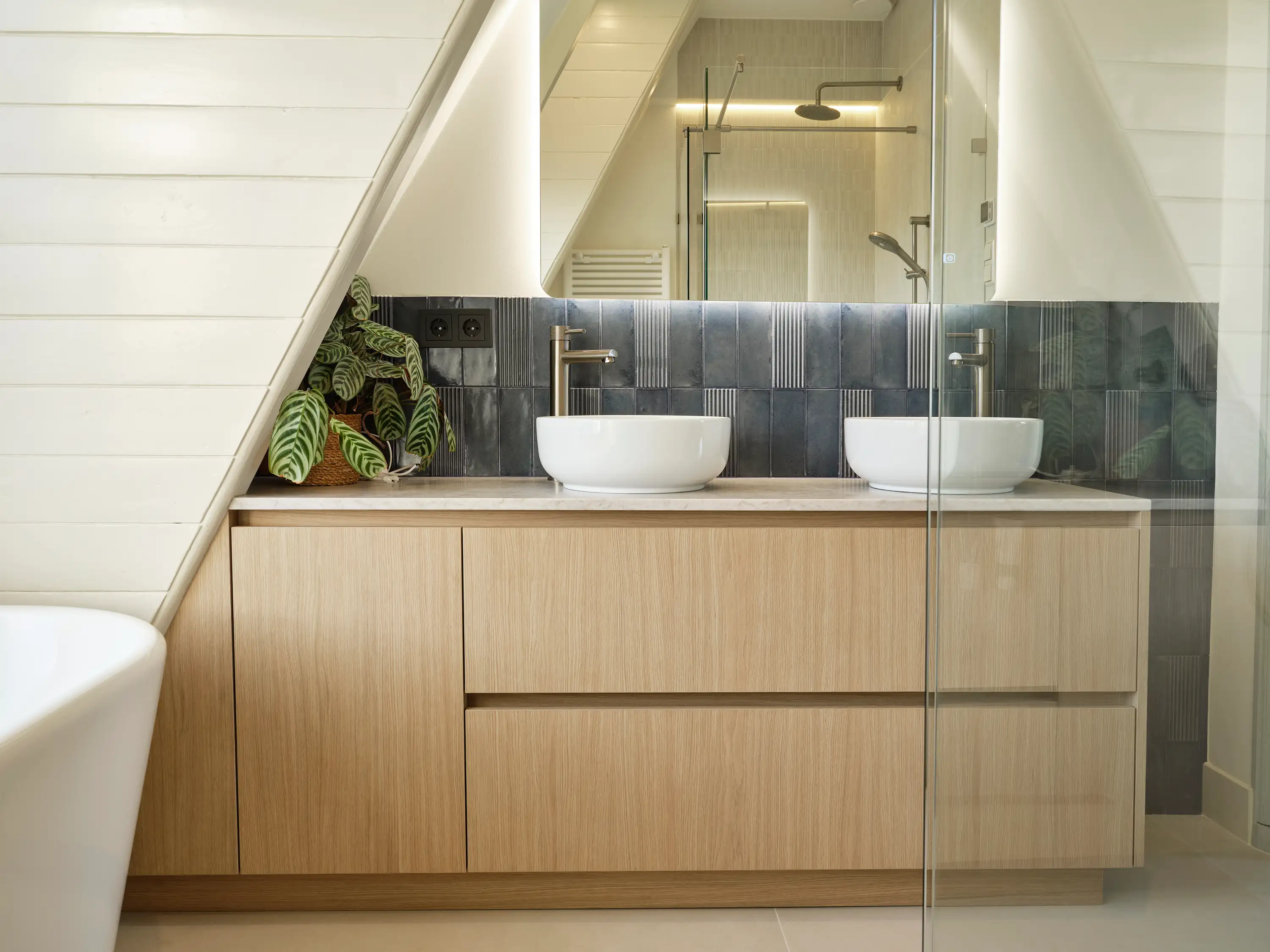
%20(1).webp)
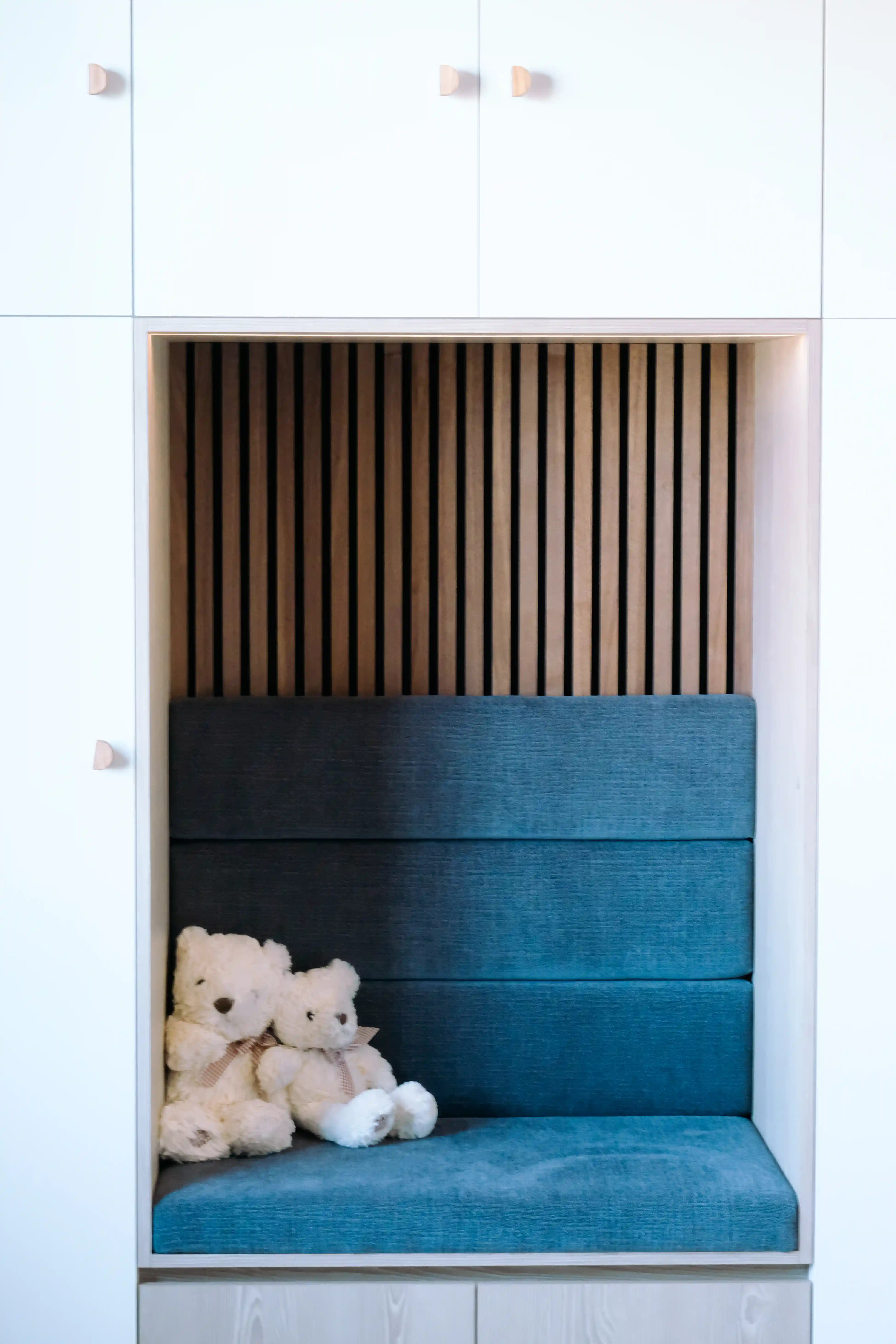
.webp)
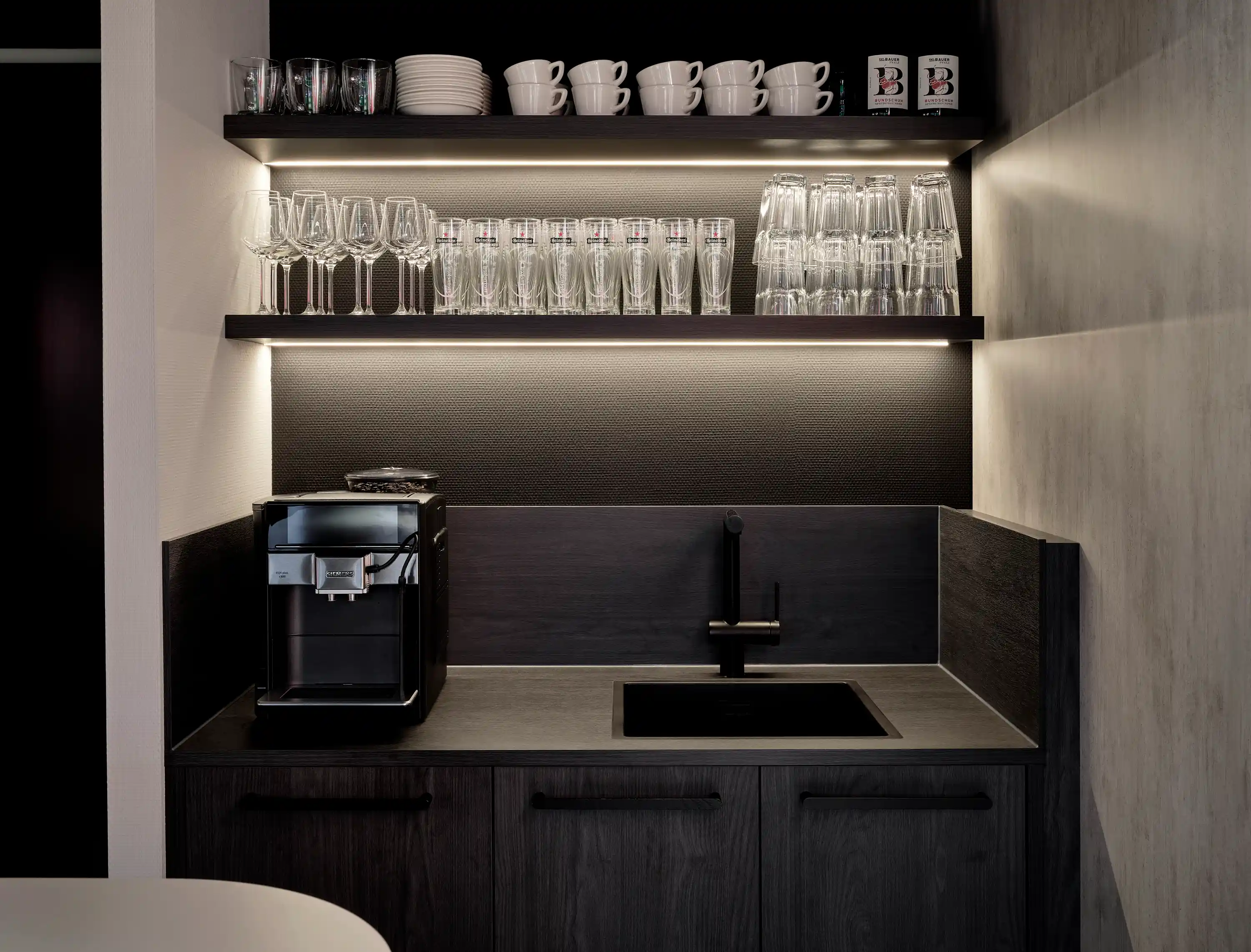
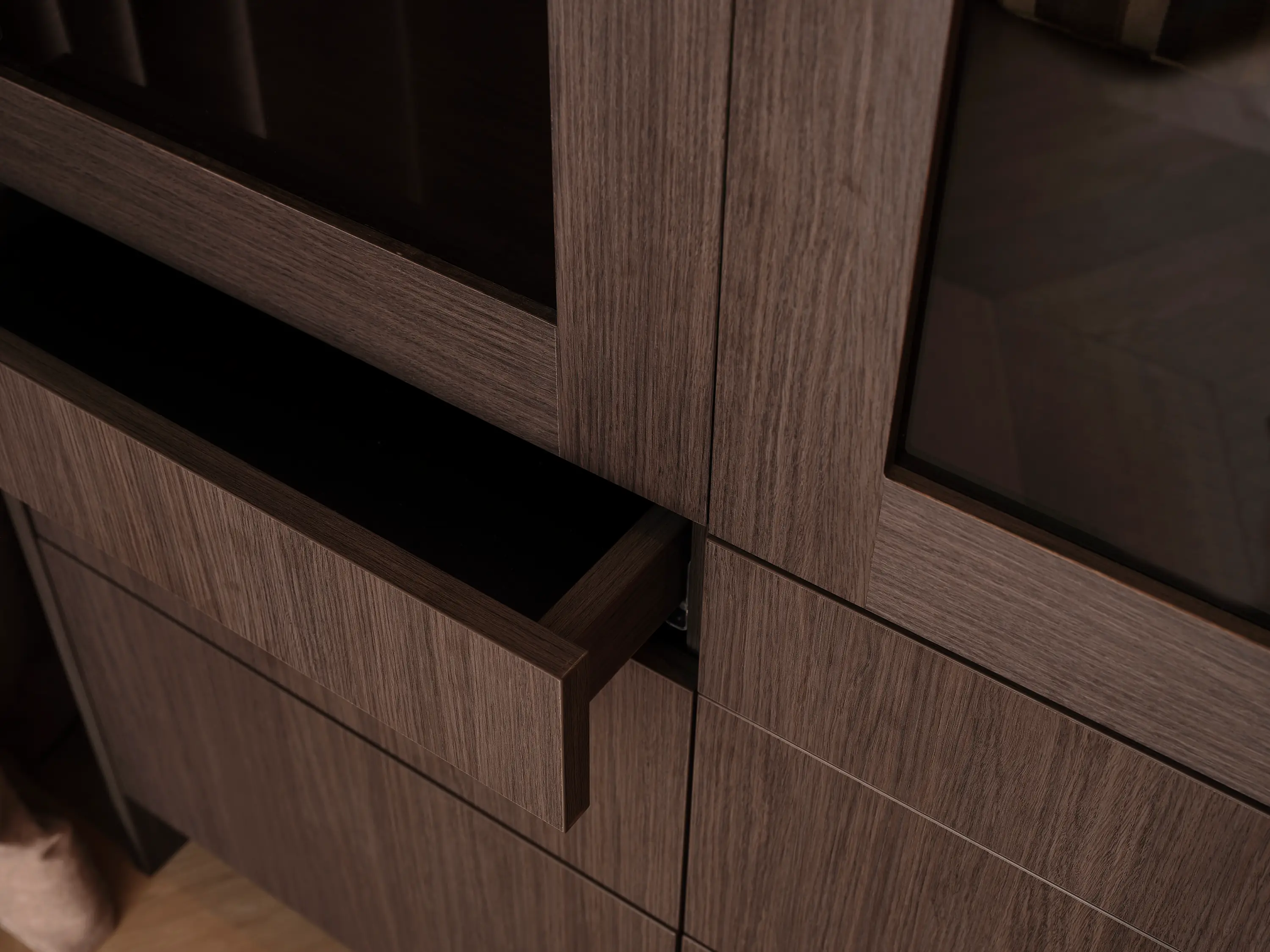
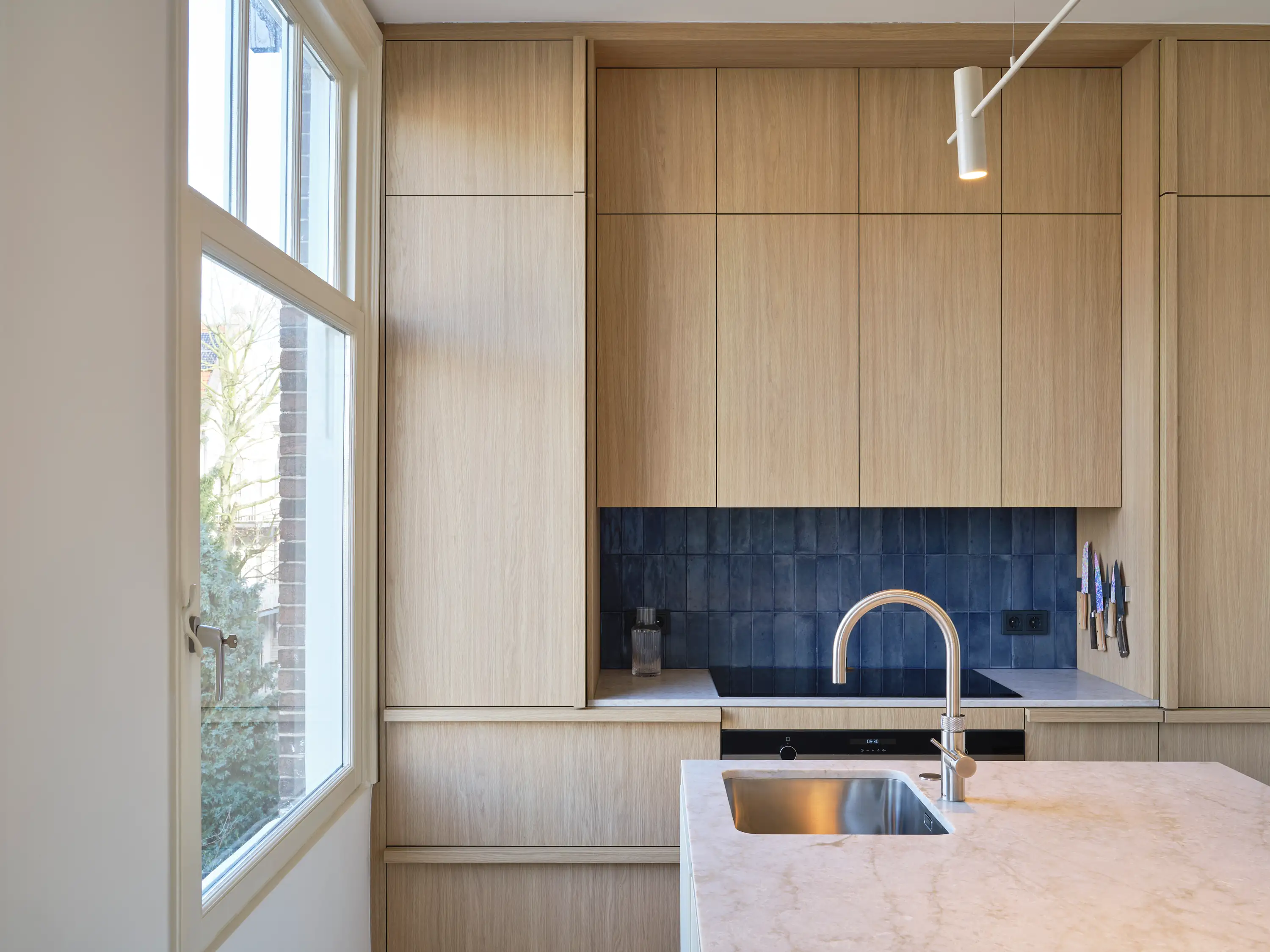

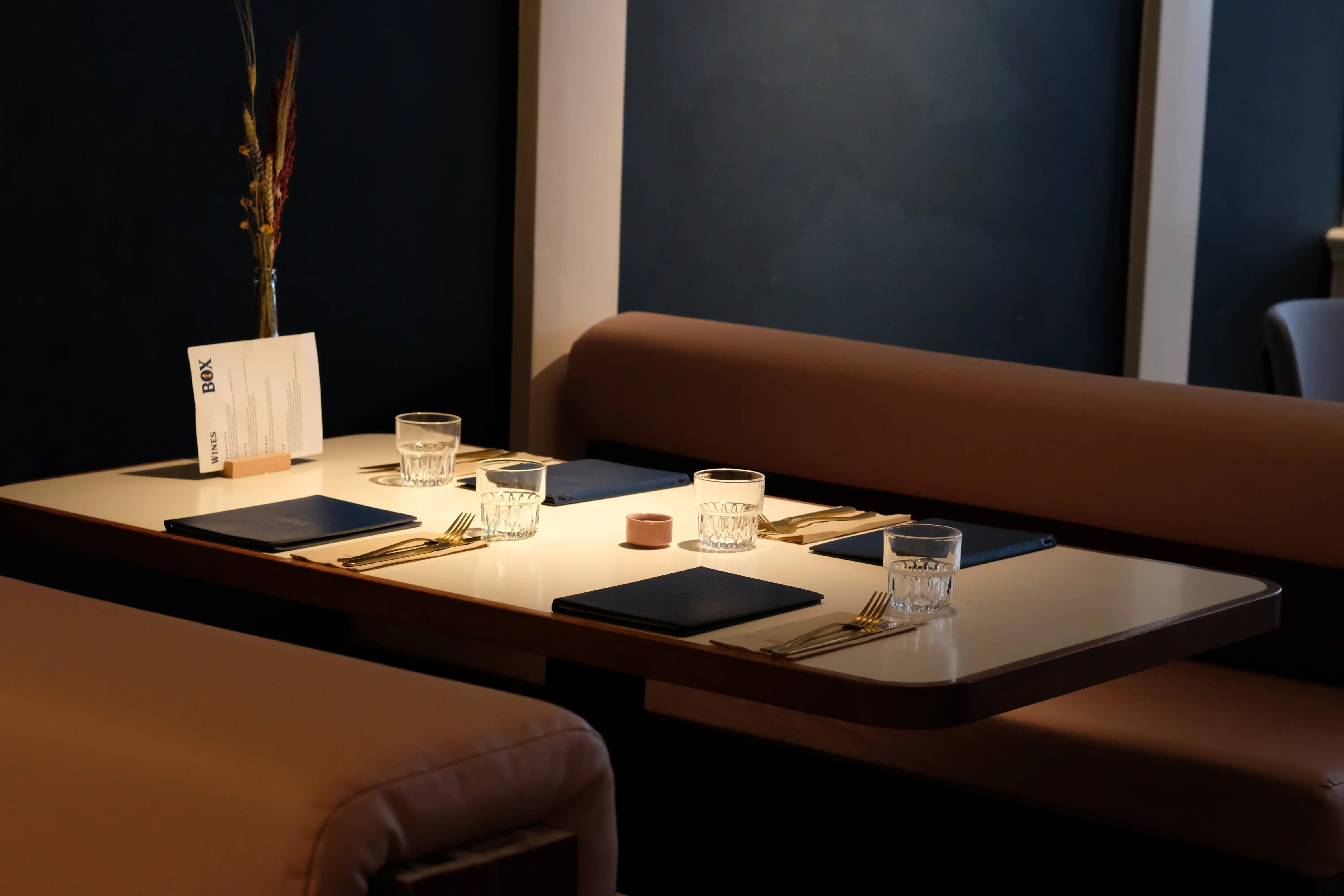


.webp)

%20(1).jpg)
